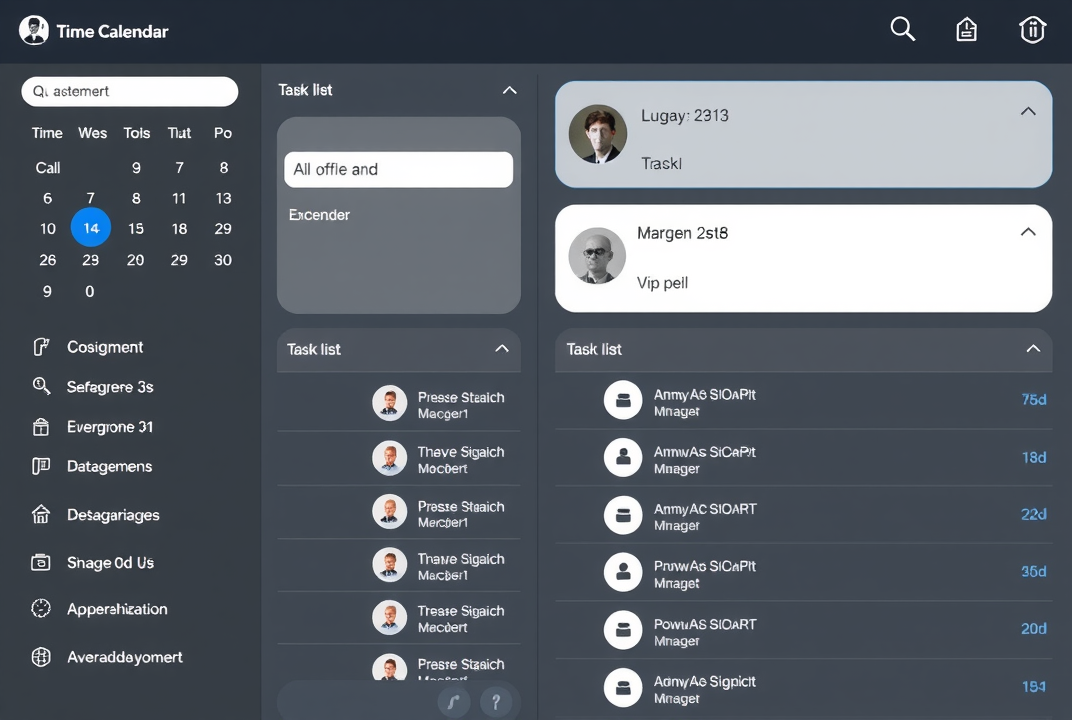Master Your Life: Achieving Effective Work-Life Balance

Introduction
Here's a thought to ponder: Are you living to work, or working to live? In our fast-paced world, striking a true balance between work and life can often feel like a mythical concept—a mirage forever beyond reach. Yet, achieving effective work-life balance is not only possible, but it's also essential for our well-being and success.
In this comprehensive guide, we'll explore the key to mastering your work-life equilibrium. We'll delve into practical strategies, personal anecdotes, and transformational insights to empower you to take charge of your life. Are you ready to transform your reality?
Defining Work-Life Balance
Let's start by understanding what work-life balance really means. It's not about the hours worked (or unworked). It's about finding the harmony where your professional and personal lives coexist peacefully. Imagine having the time to nurture personal relationships and pursue interests—without sacrificing career ambitions.
The Importance of Balance
Why bother with balance at all? Well, poor work-life balance often leads to burnout, stress, and reduced productivity. On the flip side, achieving balance can foster well-being, creativity, and success.
-
Burnout Prevention: Continuous exhaustion isn't a badge of honor. It's a signal that balance is needed.
-
Enhanced Well-being: Balancing work and life fosters happiness and health.
-
Boosted Productivity: Just as a balanced diet fuels the body, a balanced life fuels the mind and creativity.
Creating Your Balance Blueprint
Step 1: Shift in Mindset
First things first—shift your mindset. Believe that you deserve balance. You are not defined by your job, but by the richness of your life. Embrace the idea that a healthy life is a balanced life.
-
Reflect on your current reality. Is work dominating your days, or is there room for yourself?
-
Challenge limiting beliefs about success. Must success only come with sacrifice?
Step 2: Set Clear Boundaries
Boundaries are more than rules—they're commitments to yourself.
-
Establish work parameters: Define your 'on' and 'off' hours. Communicate these boundaries clearly.
-
Prioritize downtime: Protect personal time as you would a work meeting.
Step 3: Time Management Skills
Efficient time management is crucial.
-
Daily Planning: Use planners or digital tools to organize tasks. Prioritize tasks that align with both work obligations and personal growth.
-
Time Blocking: Dedicate specific times for focused work and leisure.

Step 4: Stress Management Techniques
Finding calm amid chaos is vital.
-
Practice mindfulness or meditation—these can recalibrate your mind.
-
Incorporate regular exercise to release built-up tension.
Personal Growth Through Balance
Achieving balance isn't just about work. It's a gateway to personal development.
-
Skill Enhancement: Use downtime to pursue learning opportunities.
-
Relationship Building: Invest time in nurturing personal relationships.
The Role of Flexibility
Flexibility complements balance. Life is unpredictable; flexibility allows adaptation without disruption.
-
Embrace remote work options if available.
-
Negotiate flexible working arrangements to fit personal commitments.
Overcoming Roadblocks
Anticipate and conquer common obstacles.
-
Guilt: Balance is a right, not a privilege.
-
Perfectionism: Let go of the need to do everything perfectly.
Crafting a Support System
Balance thrives with the right support.
-
Seek mentors who value work-life balance.
-
Build a network of like-minded individuals.
Conclusion: Your Call to Action
Balance is not about perfection but progress. It's a decision to live with intention and joy. So, are you ready to take that step? Start small—reflect, reassess, and reclaim your life. Remember, it's within your power to say no when needed and yes to a fulfilling life.
Take the leap, redesign your days, and embrace the power of balance today!
